
Artificial intelligence is revolutionizing how we understand workplace performance and safety in modern warehousing, according to an expert.
These AI systems can observe warehouse activity through cameras and identify patterns or issues that a human eye might miss.
“They translate the visual information from warehouse cameras into actionable data,” explained Paige Wilkinson, senior director of solution consulting at Softeon, focusing primarily on performance insights.
These intelligent camera systems can identify specific employees, track tasks they’re completing, and even recognize individual product SKUs in real-time. As Wilkinson described, the technology can “determine which employee it is, which tasks they’re completing, even what SKUs are involved in those tasks.”
The technology goes beyond traditional performance tracking, she explained during Promat 2025, an event geared to manufacturing and supply chain professionals. Vision AI can detect potential safety risks before they become accidents.
One company, for example, is “focused entirely on safety” and aims at “improving safety standards in the warehouse, as well as participant injuries.”
The implications are significant, Wilkinson explained. By catching safety risks early, warehouses can reduce workplace injuries, minimize workers’ compensation claims and create a healthier work environment. The goal is fewer “employees out, fewer worker’s comp claims and just a healthier, happier set of employees.”
Performance tracking becomes more nuanced with these systems. Instead of relying on basic metrics, managers can now get detailed insights into how tasks are completed. The system can identify non-optimal work patterns, suggesting improvements that can boost productivity.
However, this technology isn’t about constant supervision. As Wilkinson noted, rather than “having a supervisor kind of lording over employees all the time,” the AI system can “capture this visual information, translate that into usable data and then pair it with other AI models” to create meaningful insights.
The AI can pair visual data with analytical models, creating comprehensive performance insights. It can suggest improvements and help managers make more informed decisions about workforce development, Wilkerson noted.
Image credit: Depositphotos.com

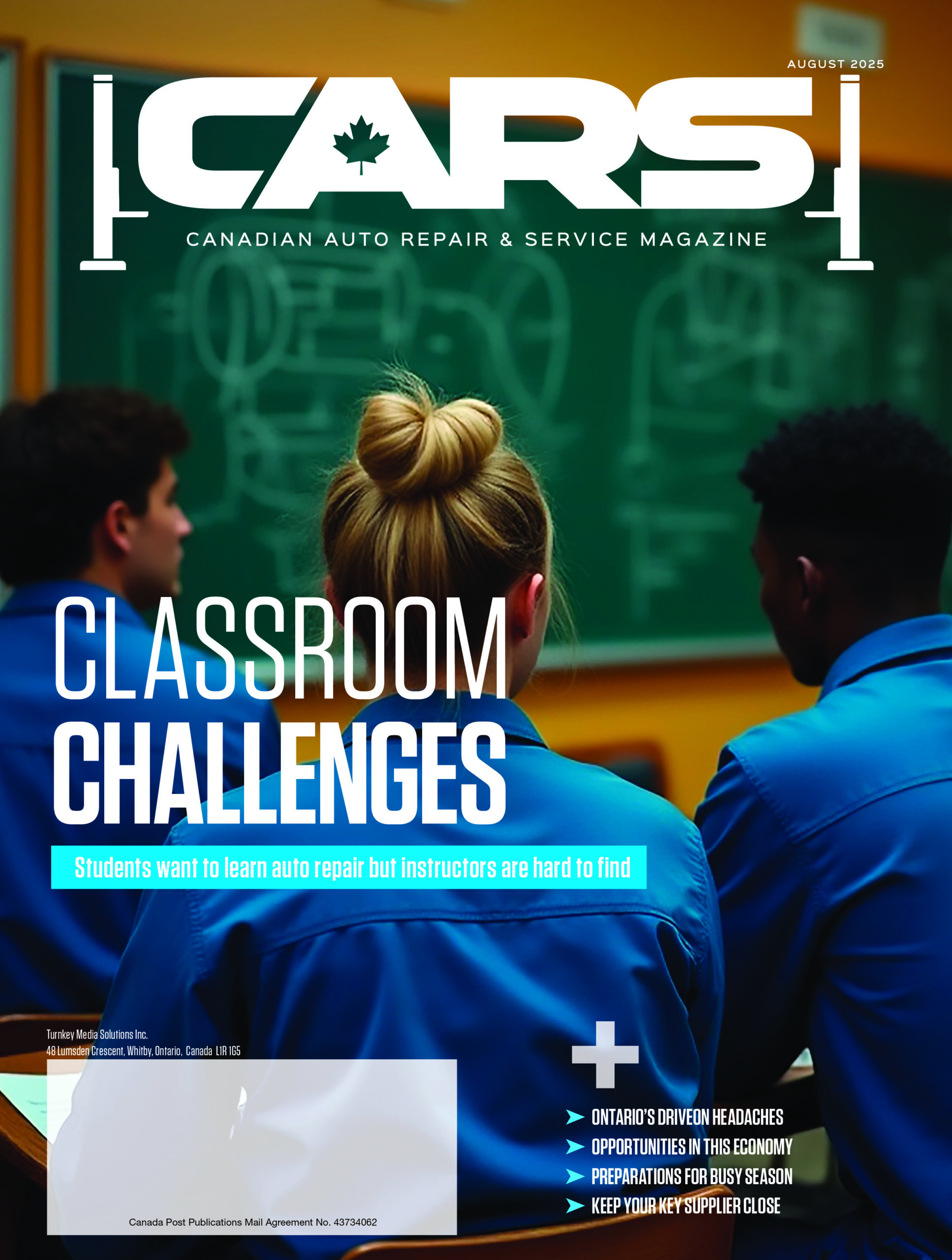
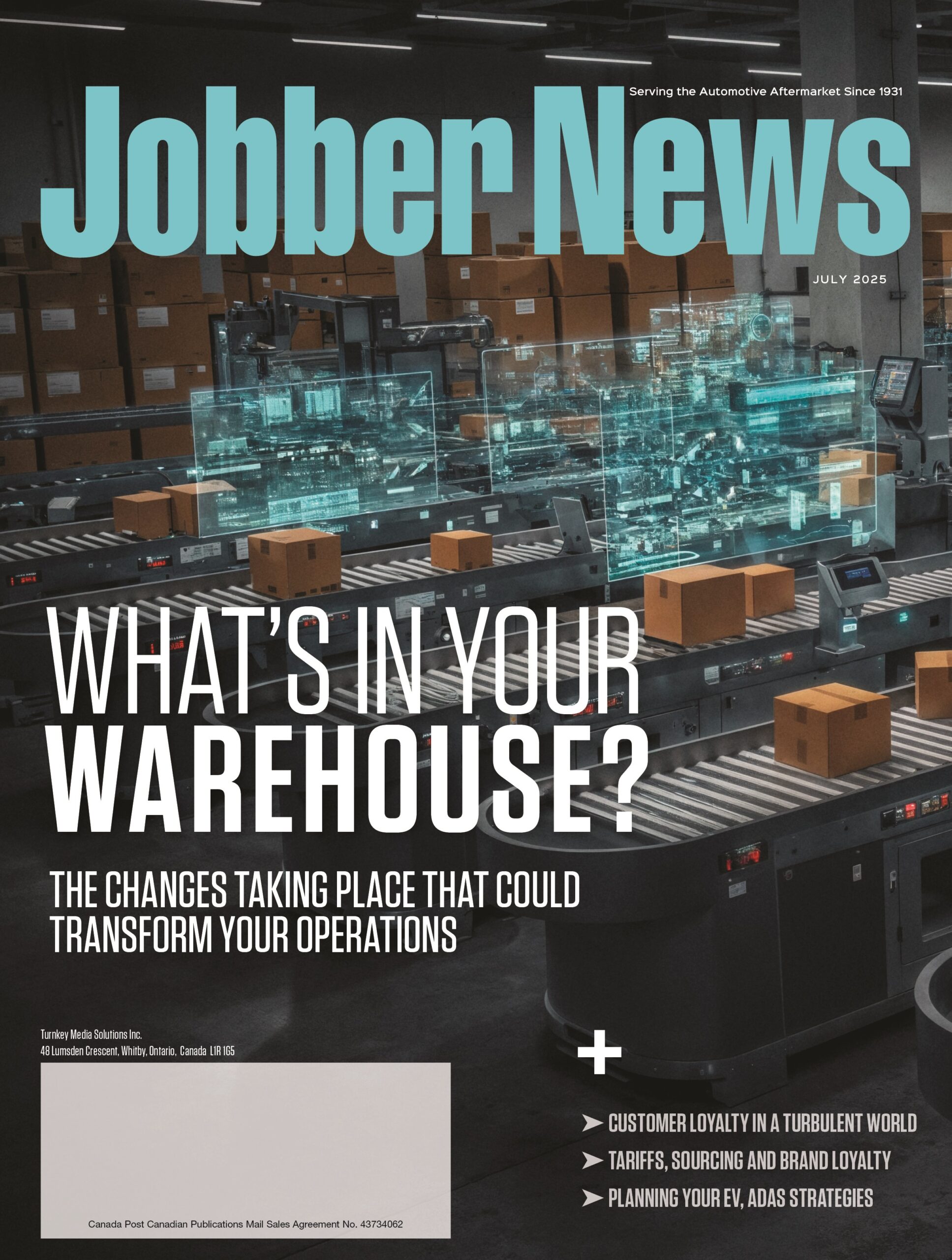


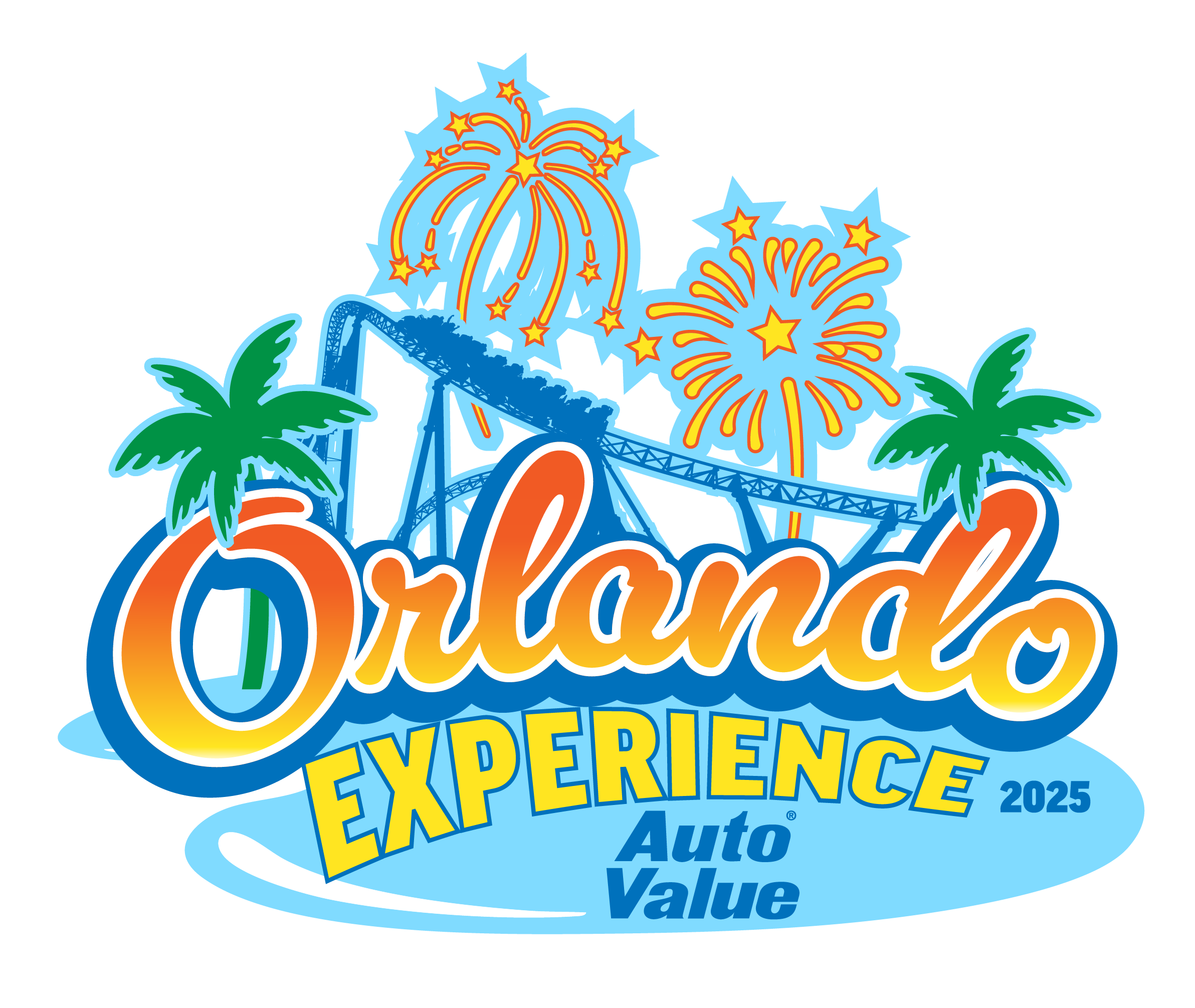
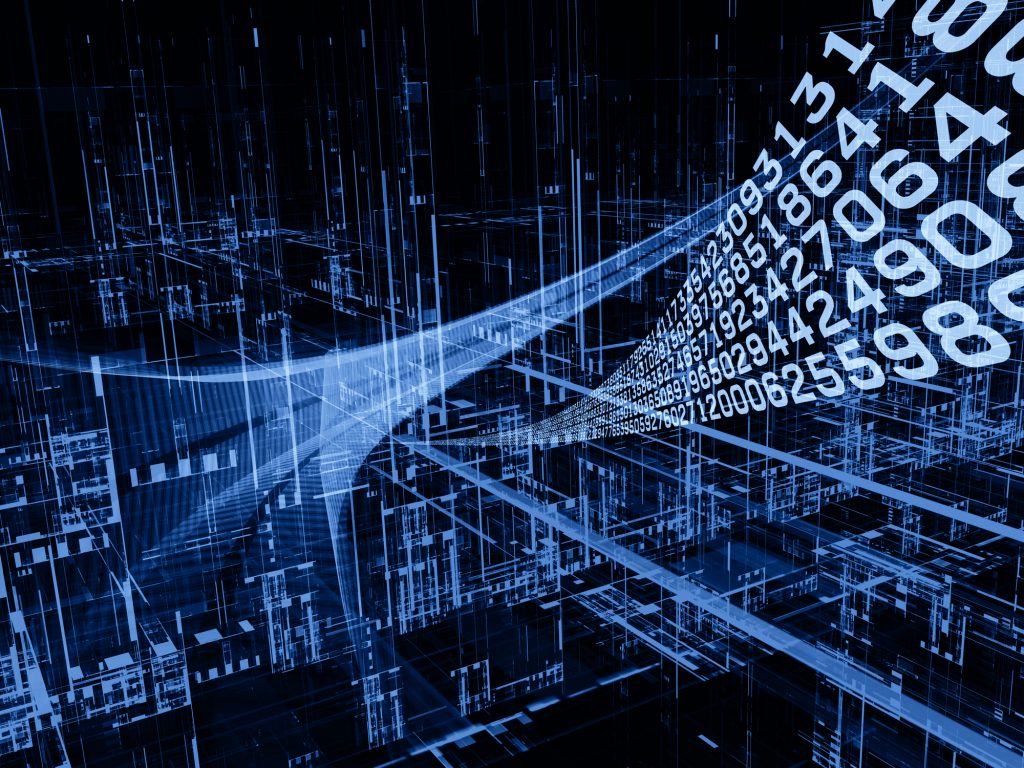


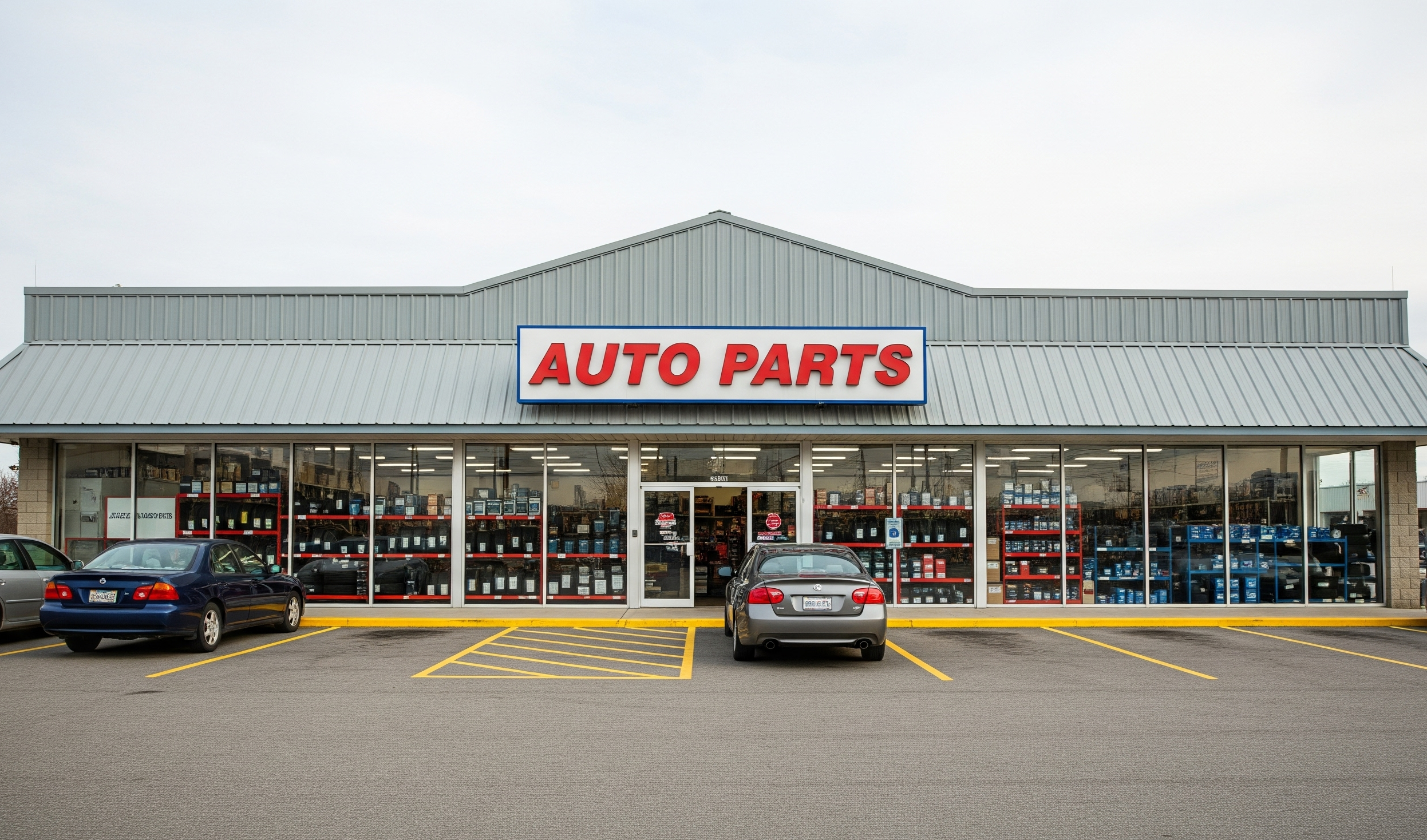

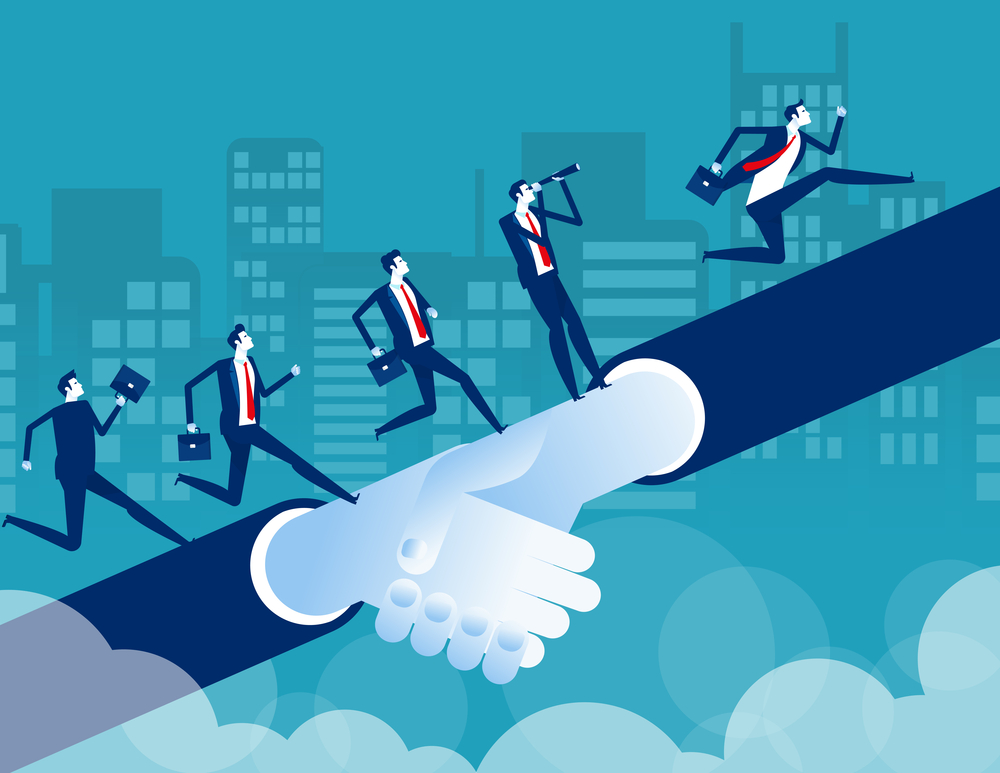

Leave a Reply